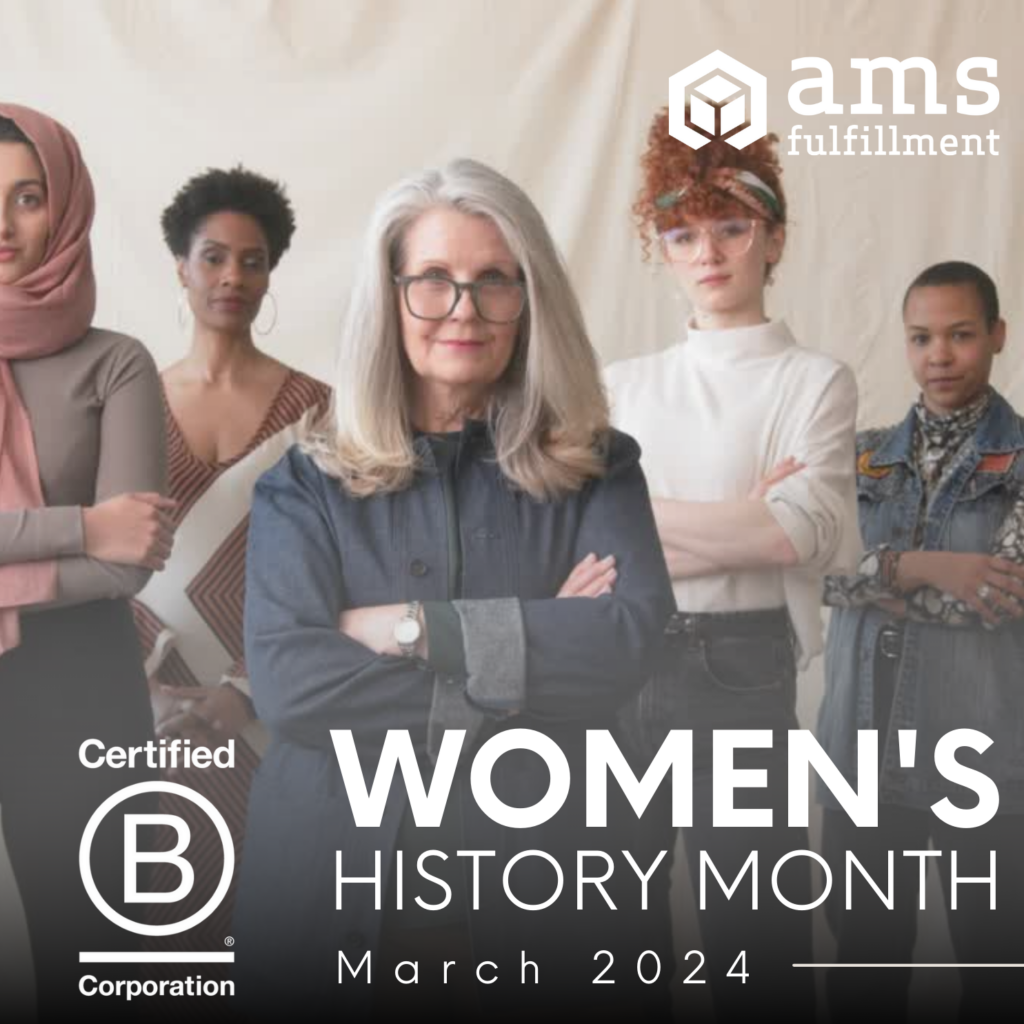 The Women’s movement of the 1960s and 70s was a great step in breaking through the limits placed upon women in the workplace and in the culture. Years before, women had begun to enter the workplace in support of WWII, in weapons manufacturing. This change set the stage for changes to come.
The Women’s movement of the 1960s and 70s was a great step in breaking through the limits placed upon women in the workplace and in the culture. Years before, women had begun to enter the workplace in support of WWII, in weapons manufacturing. This change set the stage for changes to come.
Quoting from Google: “Gradually, Americans came to accept some of the basic goals of the Sixties feminists: equal pay for equal work, an end to domestic violence, curtailment of severe limits on women in managerial jobs, an end to sexual harassment, and sharing of responsibility for housework and child rearing.”
Many Seniors of today can speak of the women’s movement from direct experience… perhaps with more expertise than Google. Equal pay for equal work was strongly called for, as well as curtailment of severe limits on women in managerial jobs. Another strong push, not mentioned by Google, was the entrance of women into professions such as doctors, lawyers, judges, business executives and so forth. Prior to the 1960s there were few if any of these professions open to women.
Second Wave Feminism
There is an overview of the movement at a website called Gale.com [LINK]. The article refers to the movement as ‘second wave feminism’. We will offer some excerpts from the article:
“The second wave feminism movement took place in the 1960s and 1970s and focused on issues of equality and discrimination. Starting initially in the United States with American women, the feminist liberation movement soon spread to other Western countries.”
The article mentions a book by Betty Friedan, The Feminine Mystique, published in 1963 as having an impact. That book reached a wide audience along with other books, such as Our Bodies Ourselves, which awakened women to the wonders of the woman’s body. Prior to that time, women’s bodies were looked upon as something to be ‘hidden’ and even somewhat shameful.
“Second wave feminists cared deeply about exposing and overcoming the casual, systemic racism present in society—unlike the suffragists and suffragettes of the nineteenth century, who focused largely on political equality through suffrage. Second wave feminists realized that women’s cultural and political inequalities were inextricably linked. They worked under a unifying goal of social equality, with sexuality and reproductive rights being central concerns to the liberation movement, and with much of the movement’s energy being focused on passing the Equal Rights Amendment.”
Equal Rights Amendment
“Although the Equal Rights Amendment still hasn’t been ratified, second wave feminism had many successes. The approval of the contraceptive pill by the Food and Drug Administration in 1960 gave women more control over their reproductive rights—within five years, around 6 million women were using it. Feminists also worked and gained women the right to hold credit cards and apply for mortgages in their own name and outlawed marital rape. Awareness around domestic violence was raised, and gender and women’s studies departments were founded at universities and colleges. The passing of the Equal Pay Act in 1963, Title IX in 1972, and Roe v. Wade in 1973 were legislative victories for feminists.”
The article asserts that the Equal Rights Amendment has not yet been ratified, which is incorrect according to many advocates. Whichever opinion is correct, we can say that the ERA is not yet a Constitutional Amendment. We suggest further research to readers who would like to know more of ‘what’s going on’. Recognizing sex-based equal rights as constitutionally protected has cultural and political implications that we encourage readers to explore.
The Women’s Movement Achievements
For those (this writer included) who lived through and were impacted by the Women’s Movement… what does the world look like now? Women doctors, women professors, women lawyers and judges, a woman as vice president, women on the Supreme Court… these things and more are what we dreamed of and worked for. We wanted to prove that we’re not lacking intellectually, and we wanted equal pay. We also wanted to understand and appreciate ourselves including the miraculous reproductive capacity of our female bodies.
For the most part we have seen the changes we desired. AMS Fulfillment is an example of equity: out of all AMS employees, 59% are women. Of the leadership roles, 52% are women. The men at AMS are appreciated, and the women are appreciated. Equal rights, equal pay and equal appreciation.
The women’s movement of the 1960s and 70s continued after the 1980s until today under some iteration of the term ‘Feminism’. The 60s and 70s Women’s Movement was authentic, much needed, and revolutionary. It came during a very tumultuous period and was part of a great cultural change. Also referred to as ‘women’s liberation’, it was liberating mentally and spiritually as women began to dream of what they could achieve.
** **
Our third and final article for Women’s History Month will shine the light on some of the outstanding women who led the way for equal rights.
AMS Fulfillment is a certified B Corporation, committed to putting people and planet before profit. We work to B the Change we want to see in the world.